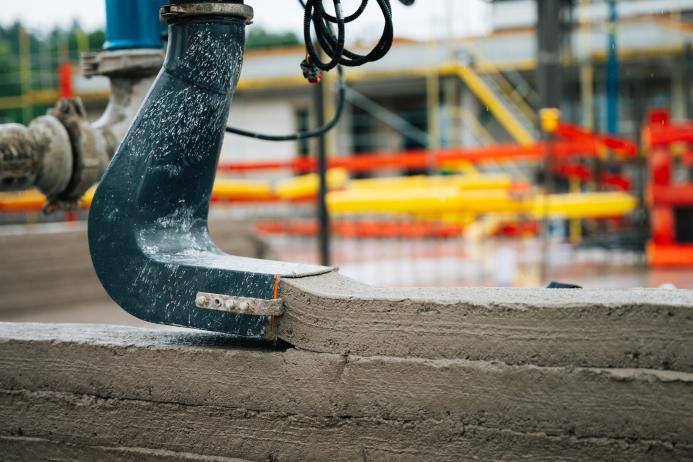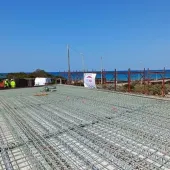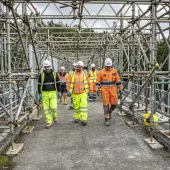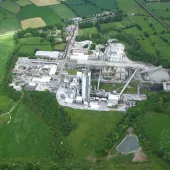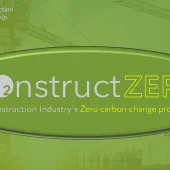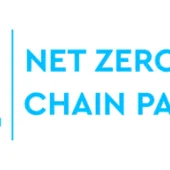ZÜBLIN tests large-scale 3D concrete printing
Construction company ZÜBLIN and technology provider INSTATIQ have trialled a new 3D concrete printing process on a housing development in Metzingen, Germany, raising questions about how the approach could transfer to the UK.
The pilot, delivered for housing association GWG Reutlingen, involves printing the top floor of a four-storey apartment block directly on site. Using the Instatiq P1 printer, load-bearing solid walls up to 3 m high are built layer by layer at speeds of up to 10 cm per second, with an output of 2.5 m³ per hour.
Unlike many 3D systems that print formwork, the P1 prints solid concrete walls directly from a conventional mixer, removing the need for specialist feedstock. One cubic metre of wall takes half the time of traditional masonry. The mix also achieves a 20% CO₂ reduction compared with limestone blockwork.
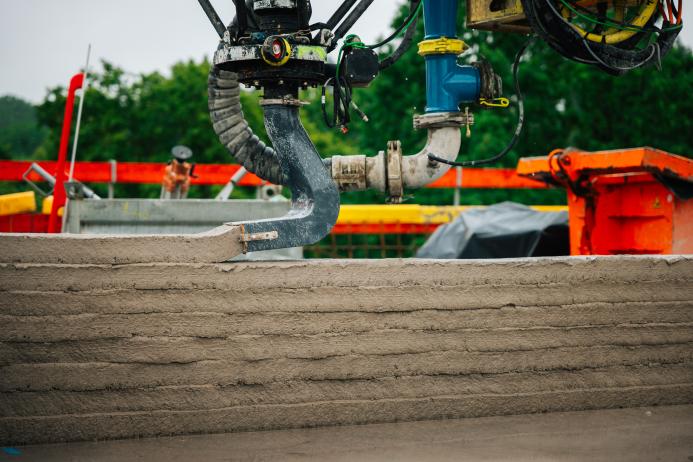
ZÜBLIN said the process could cut programme times and ease labour shortages, while improving working conditions by reducing dust and noise. A joint venture between ZÜBLIN and INSTATIQ, called NELCON, is being established to roll out the technology more widely.
“With 3D concrete printing, we’re erecting load-bearing walls in just four days, saving time and addressing the shortage of skilled workers,” said Chris Brandstätt, group leader for process planning at ZÜBLIN.
The pilot is producing 44 homes, including publicly subsidised and barrier-free units, for completion in 2026. Further projects are already in planning.
For the UK’s concrete construction sector, the development highlights the potential of 3D printing as a route to faster, lower-carbon housing delivery. With UK government housing targets, skills shortages, and embodied carbon pressures all driving change, scalable 3D printing could offer a disruptive alternative to traditional blockwork and in-situ methods.
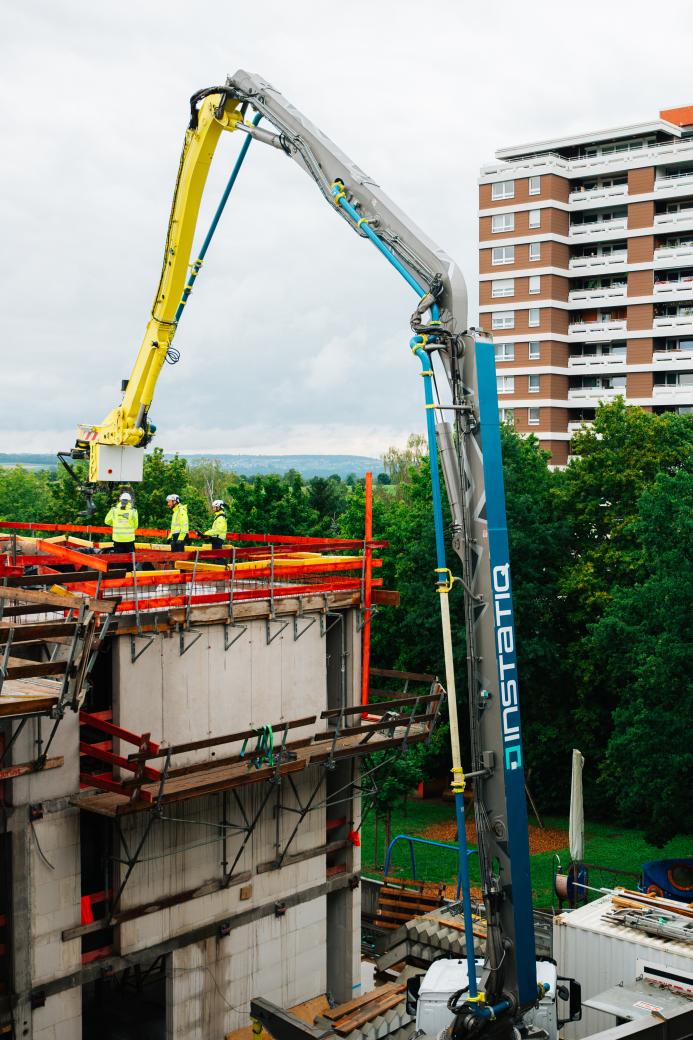
Impact on the UK concrete sector
- Faster housing delivery
3D concrete printing could halve the time to build load-bearing walls, supporting UK housing targets and reducing programme risk. - Lower embodied carbon
The printed mix cuts CO₂ by around 20% compared with masonry, aligning with UK net zero commitments and client carbon reporting. - Skills shortage response
Automation reduces reliance on traditional masonry trades, a major advantage as the UK faces labour shortages across housing construction. - New role for concrete producers
Because the system uses standard mixes from conventional batching plants, UK ready-mix suppliers could integrate directly into 3D printing workflows.

